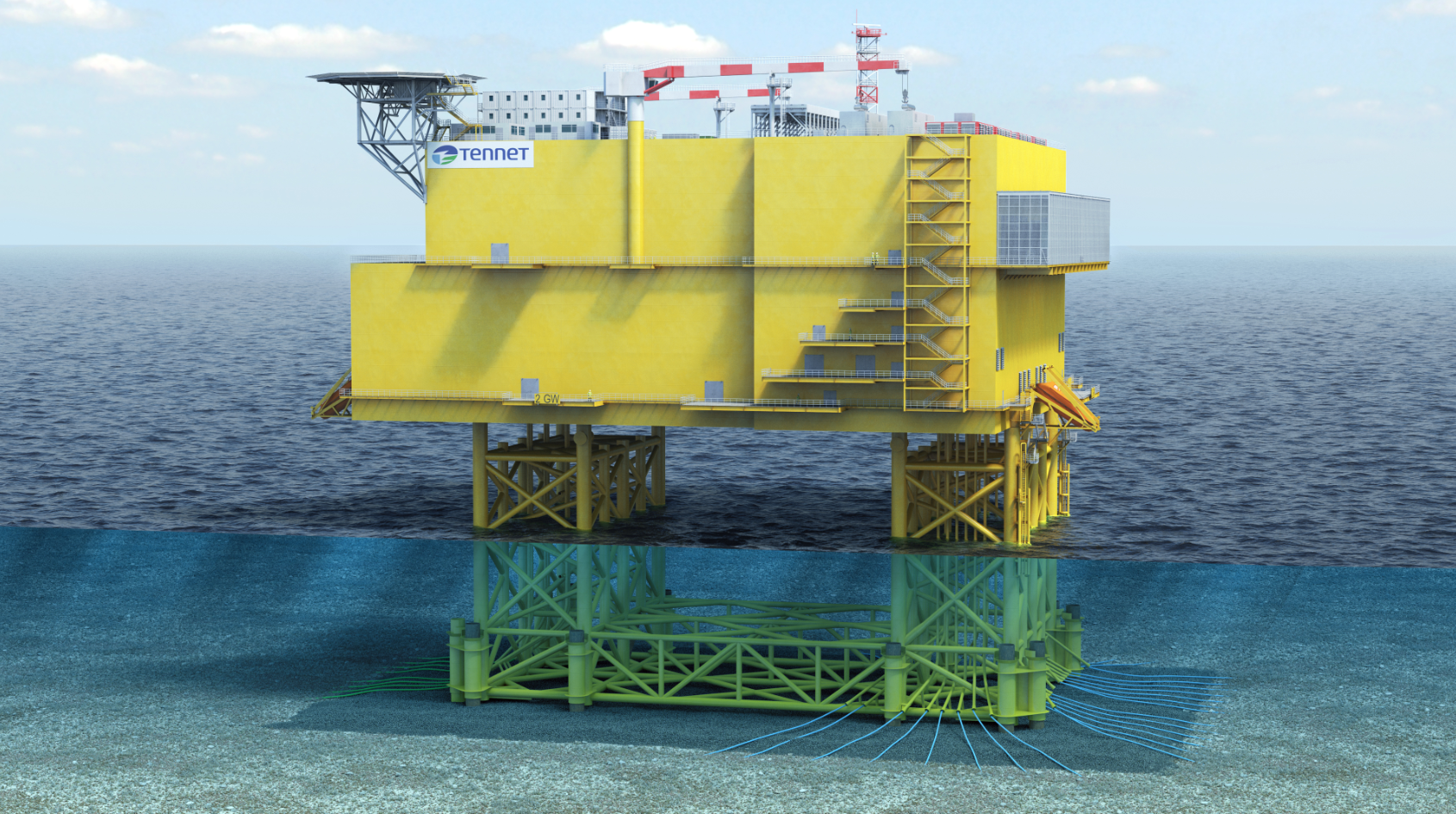IJmuiden Ver Beta Pushed Back by Three Years


The Dutch government has formally pushed back the full commissioning of the 2GW IJmuiden Ver Beta offshore wind farm by three years, moving the target date from 2029 to 2032. This delay comes after significant logistical and financial challenges, most notably the postponement of the Delta Rhine Corridor (DRC) hydrogen pipeline, which is now not expected to be completed until 2032 rather than the originally scheduled 2028. The DRC is central to transporting hydrogen produced by the new wind farms to major markets in the Netherlands, Belgium, and Germany, and its delay has undermined the economic viability of the project’s original timeline.
Under the amended permit approved by the Dutch government, the 2GW IJmuiden Ver Beta project, developed by the Zeevonk consortium - a partnership between Vattenfall and Copenhagen Infrastructure Partners (CIP) - will now be constructed in two phases: the first 1GW by 2029, with the follow-on capacity coming online only in 2032 to align with the revised DRC schedule. This phased approach offers developers the flexibility to make separate investment decisions in an uncertain market environment and prevents the risk of project stalling or outright cancellation due to infrastructure and revenue shortfalls. The government, as part of the modification, has also relaxed several project requirements, including postponing the mandated system integration (such as electrolyser capacity) and reducing financial obligations for the developers, a move substantiated by independent analysis to avoid overcompensation.
HVDC (High Voltage Direct Current) technology remains at the heart of the Dutch offshore wind strategy for these large-scale projects. The entire Dutch North Sea wind farm build-out is predicated on 2GW HVDC platforms, developed and operated by TenneT. The IJmuiden Ver Beta project would be among the first in the Netherlands to leverage this new standard, linking wind generation at sea to the national grid via a 525kV HVDC connection. The modular HVDC backbone supports the government’s ambition to reach 21GW of offshore wind capacity by 2032 and further expand to 50GW by 2040, while simultaneously facilitating future integration with European electricity markets and emerging hydrogen value chains.
This project delay also reflects broader market and regulatory turbulence in the Dutch offshore wind sector. Postponements and modifications are not limited to IJmuiden Ver Beta; other tenders for offshore wind farms and for associated HVDC infrastructure have similarly been deferred or re-scoped as the government attempts to balance climate objectives, grid readiness, and investor interest in a rapidly evolving industry landscape. Notably, developers are becoming more wary of high penalties for missed deadlines or non-delivery of system integration capabilities, spurring ongoing discussion around regulatory reforms and market incentives aimed at supporting project bankability and resilience amidst pervasive supply chain and policy headwinds.
For HVDC experts, the Dutch developments underscore the importance of adaptable project design and integrated cross-sectoral planning, particularly as offshore wind increasingly intersects with the buildout of hydrogen production and cross-border energy transmission. The revised IJmuiden Ver Beta schedule, while a setback in headline terms, may ultimately provide a more robust template for coordinated roll-out of HVDC infrastructure, offshore wind, and green hydrogen in the North Sea, ensuring that technological innovation and infrastructure readiness move in concert with market and policy realities








